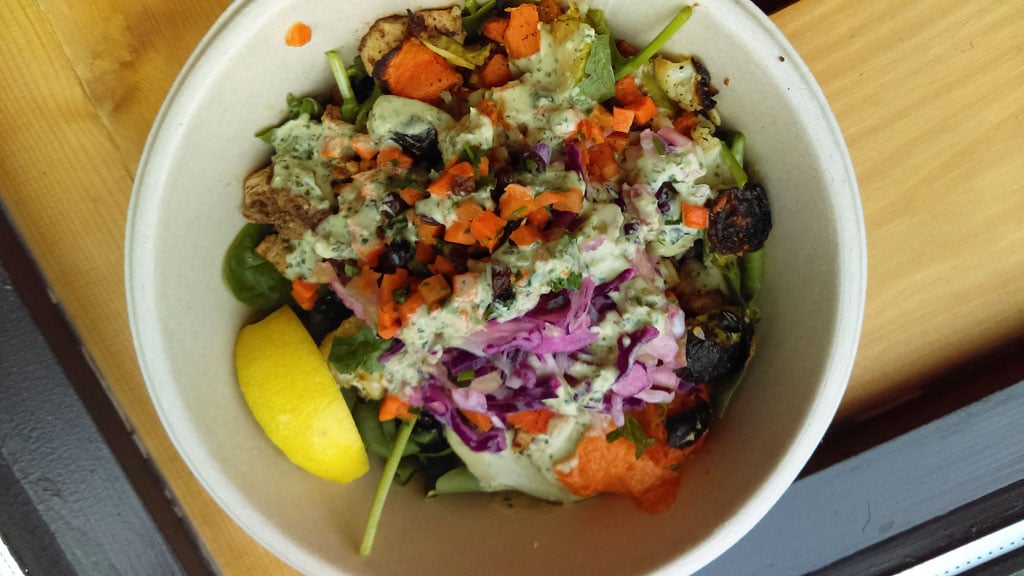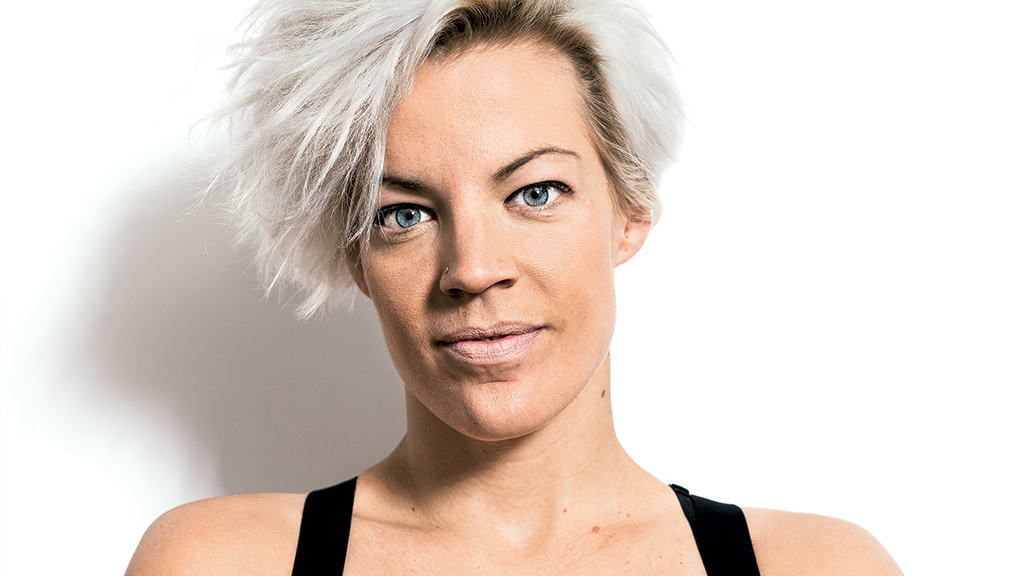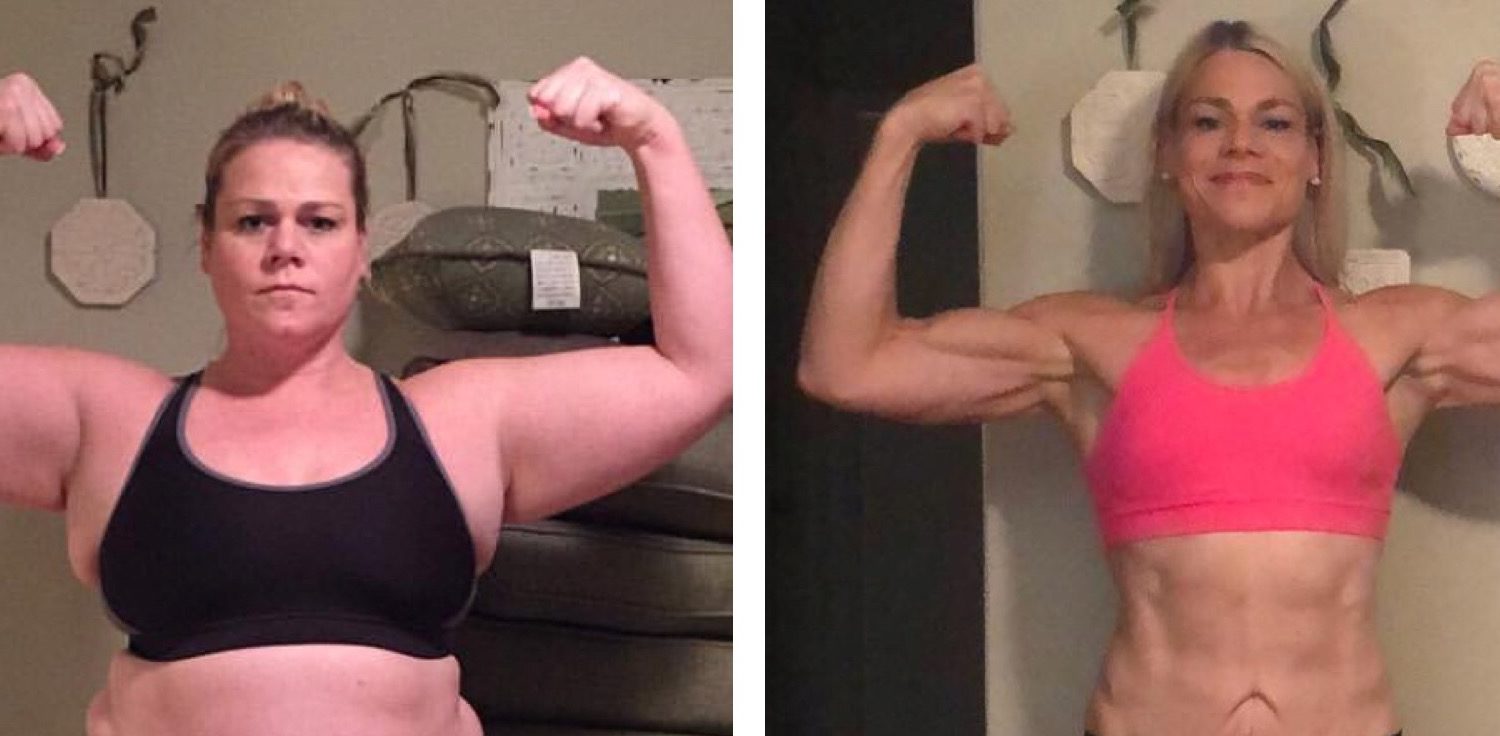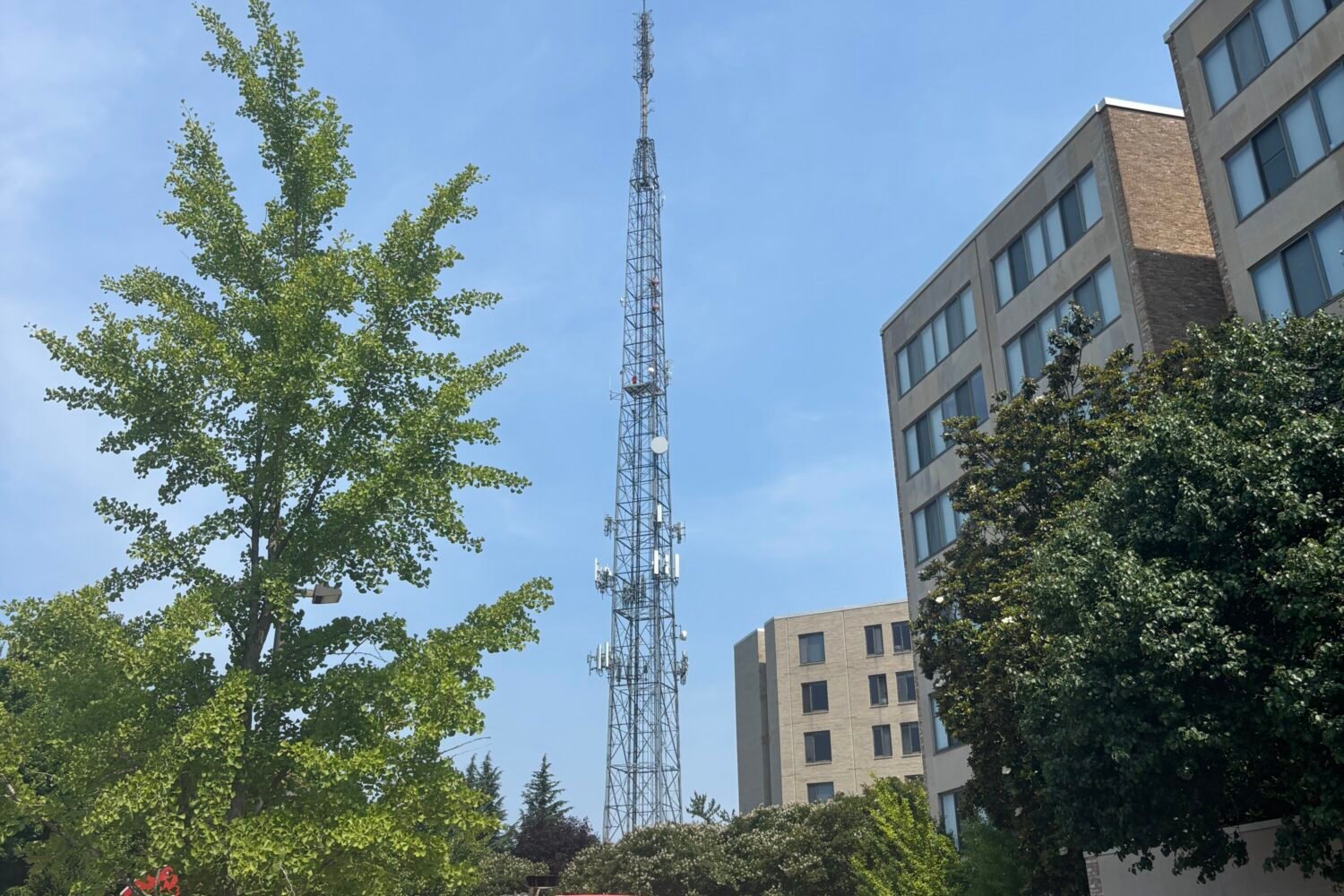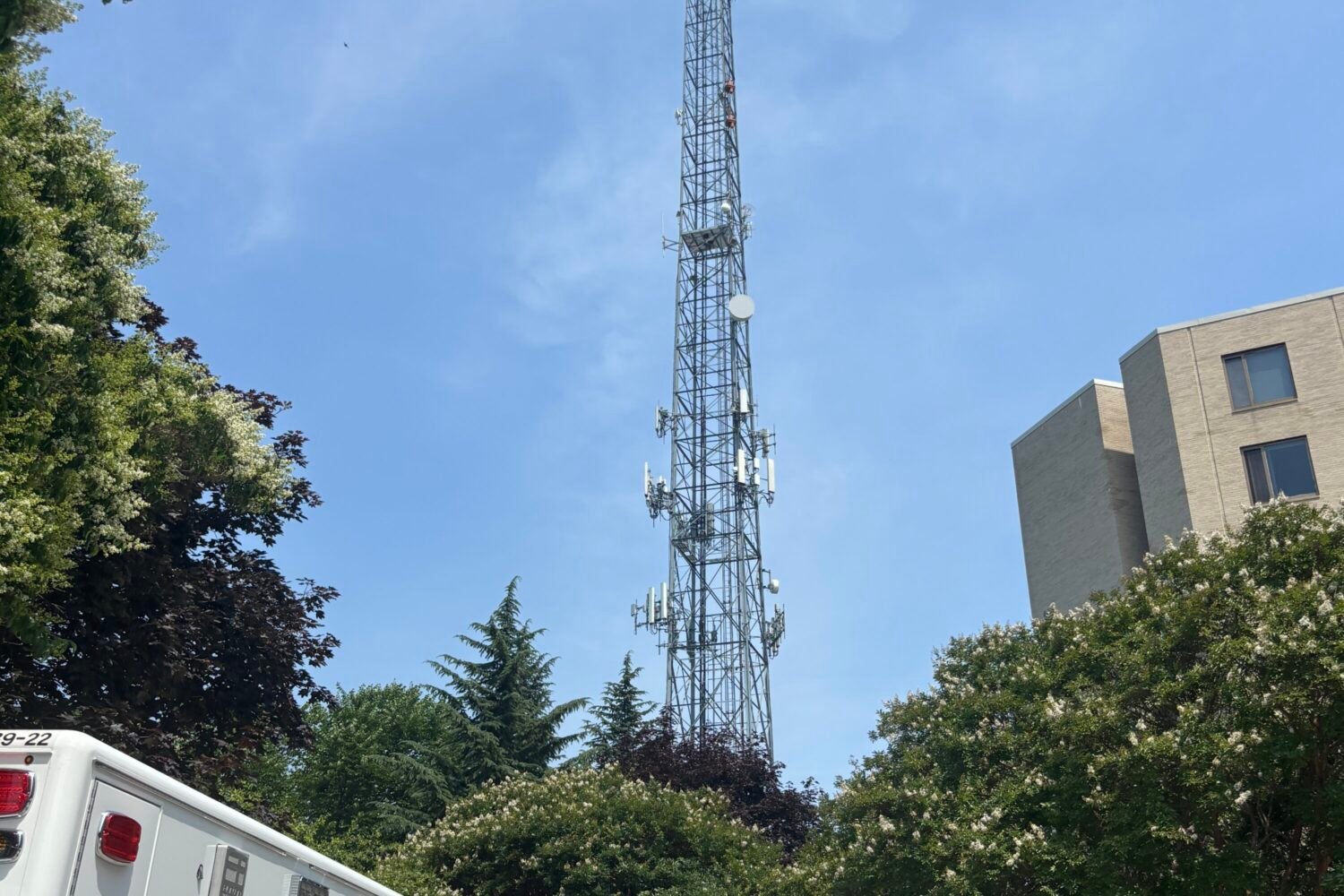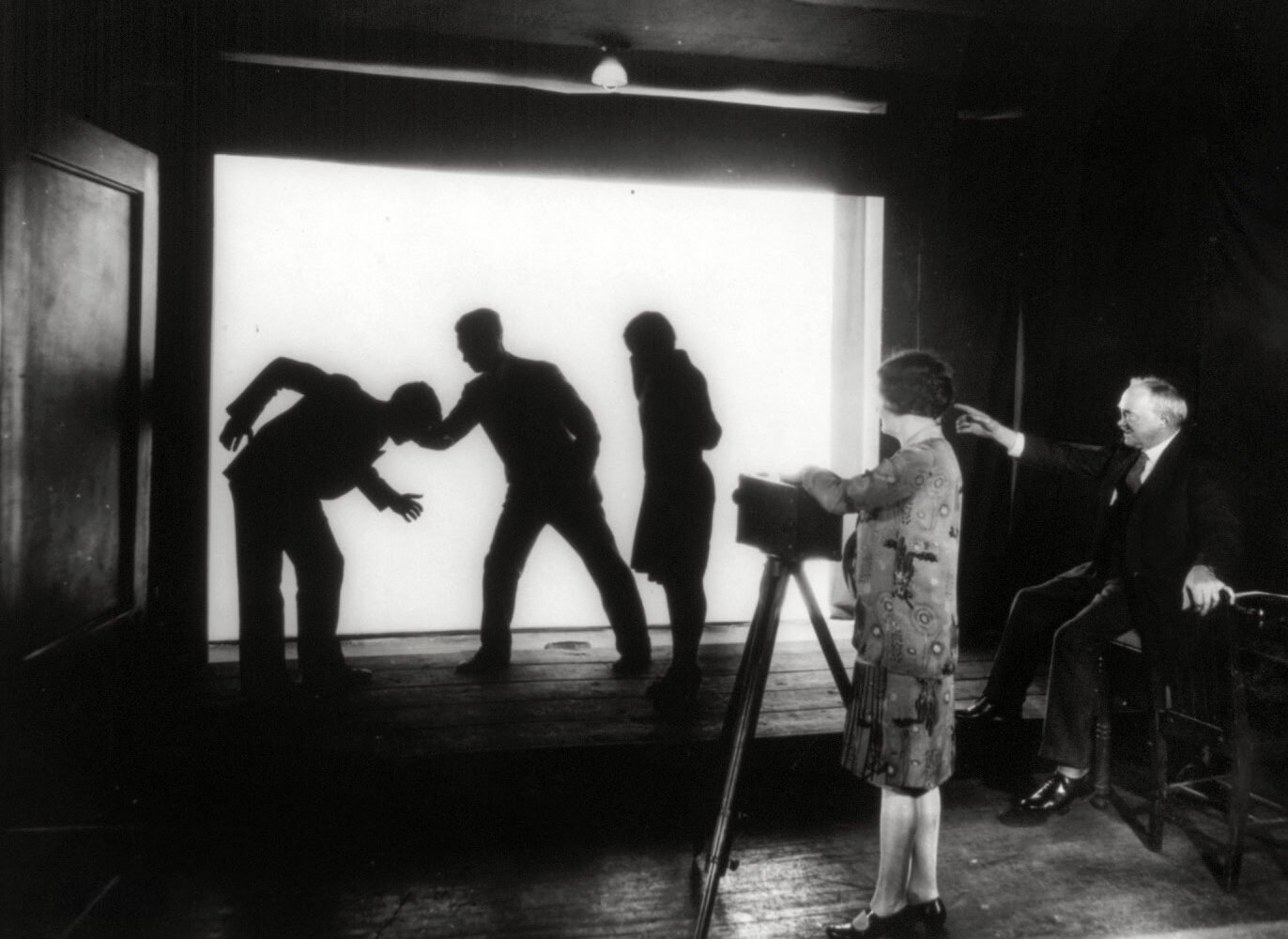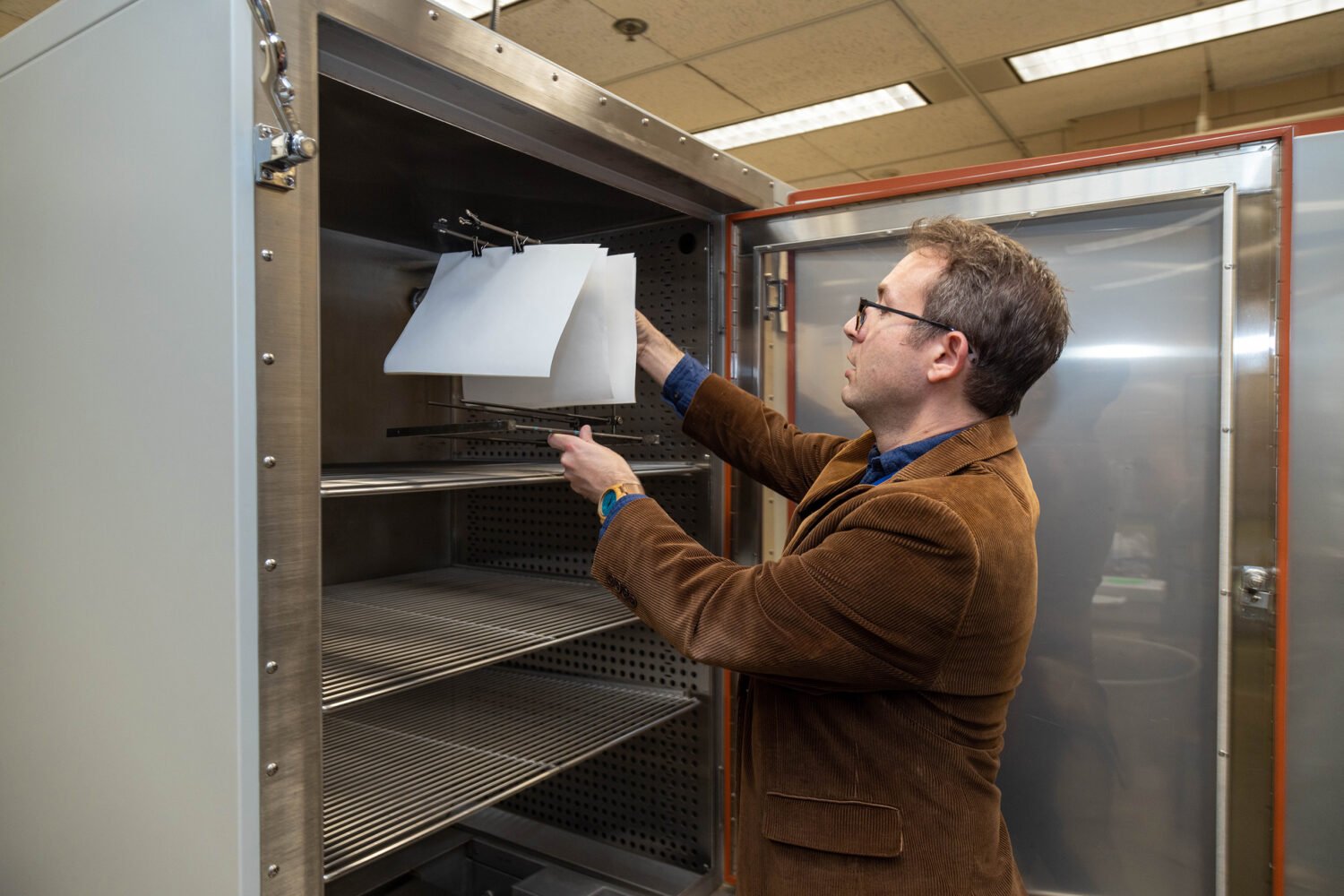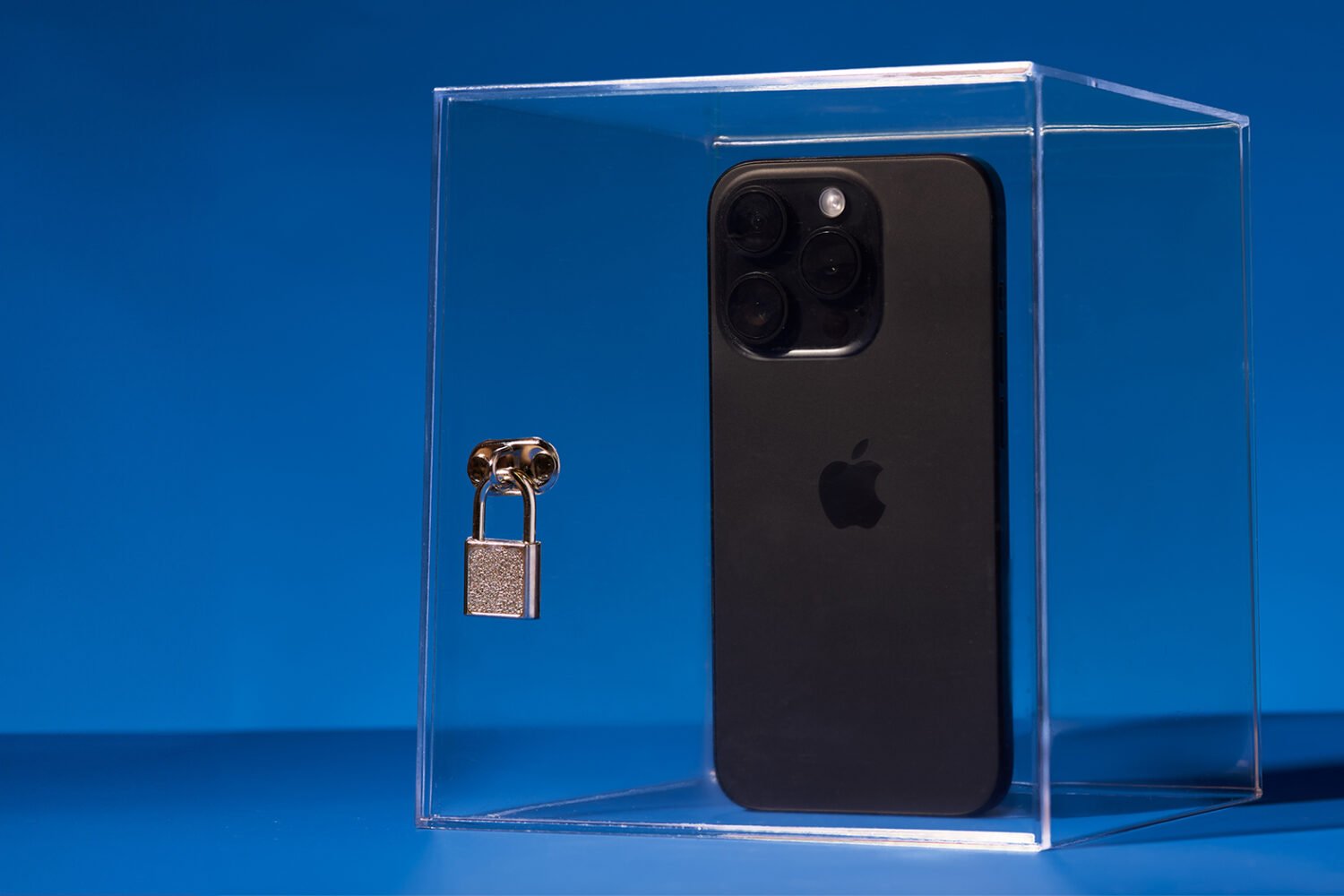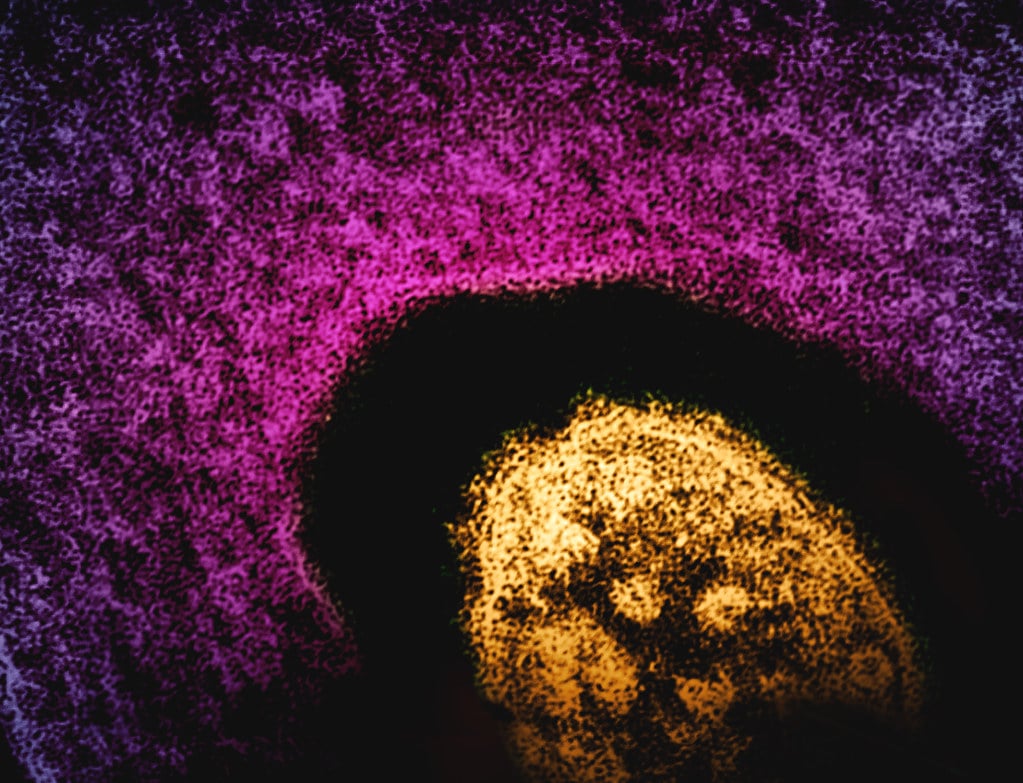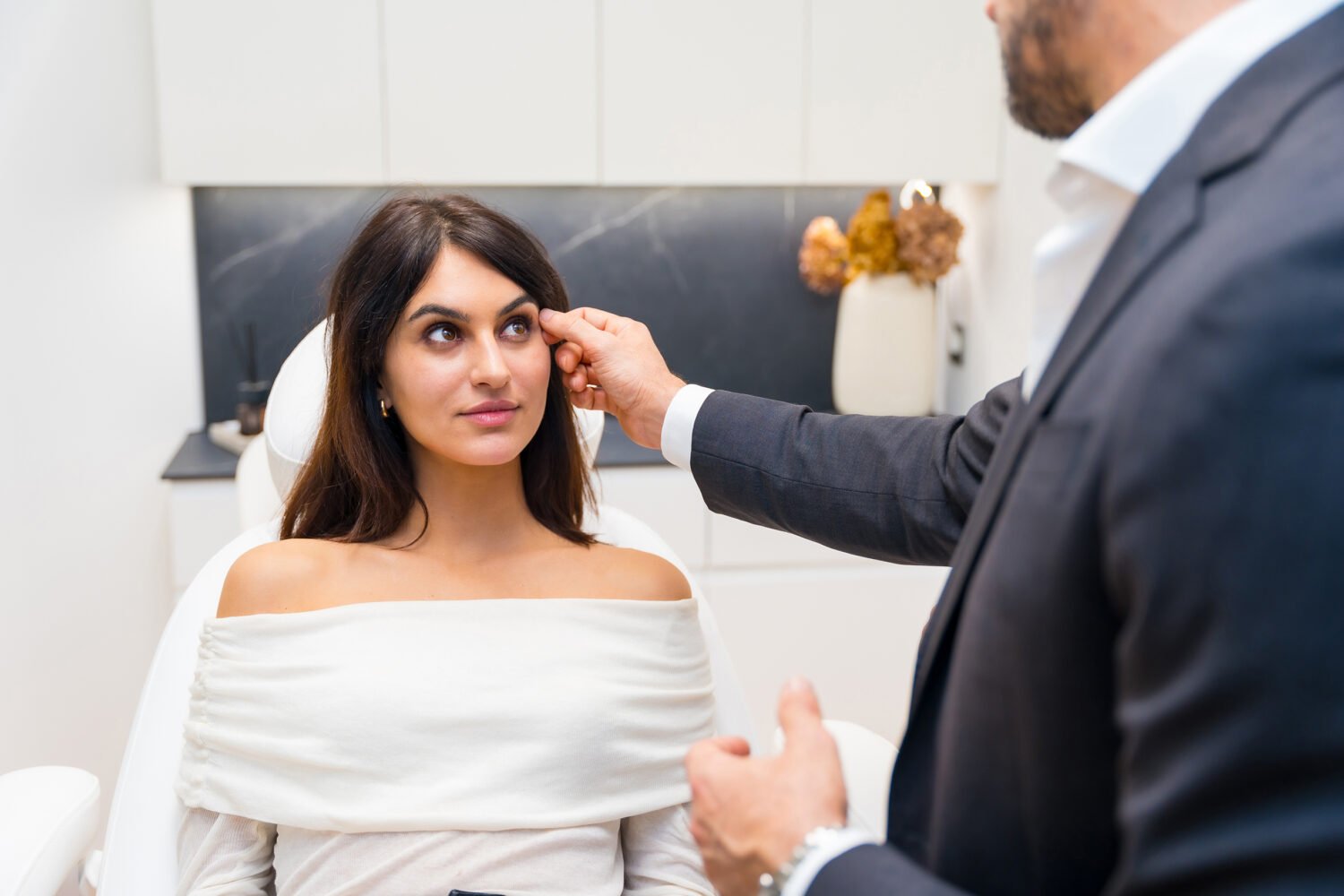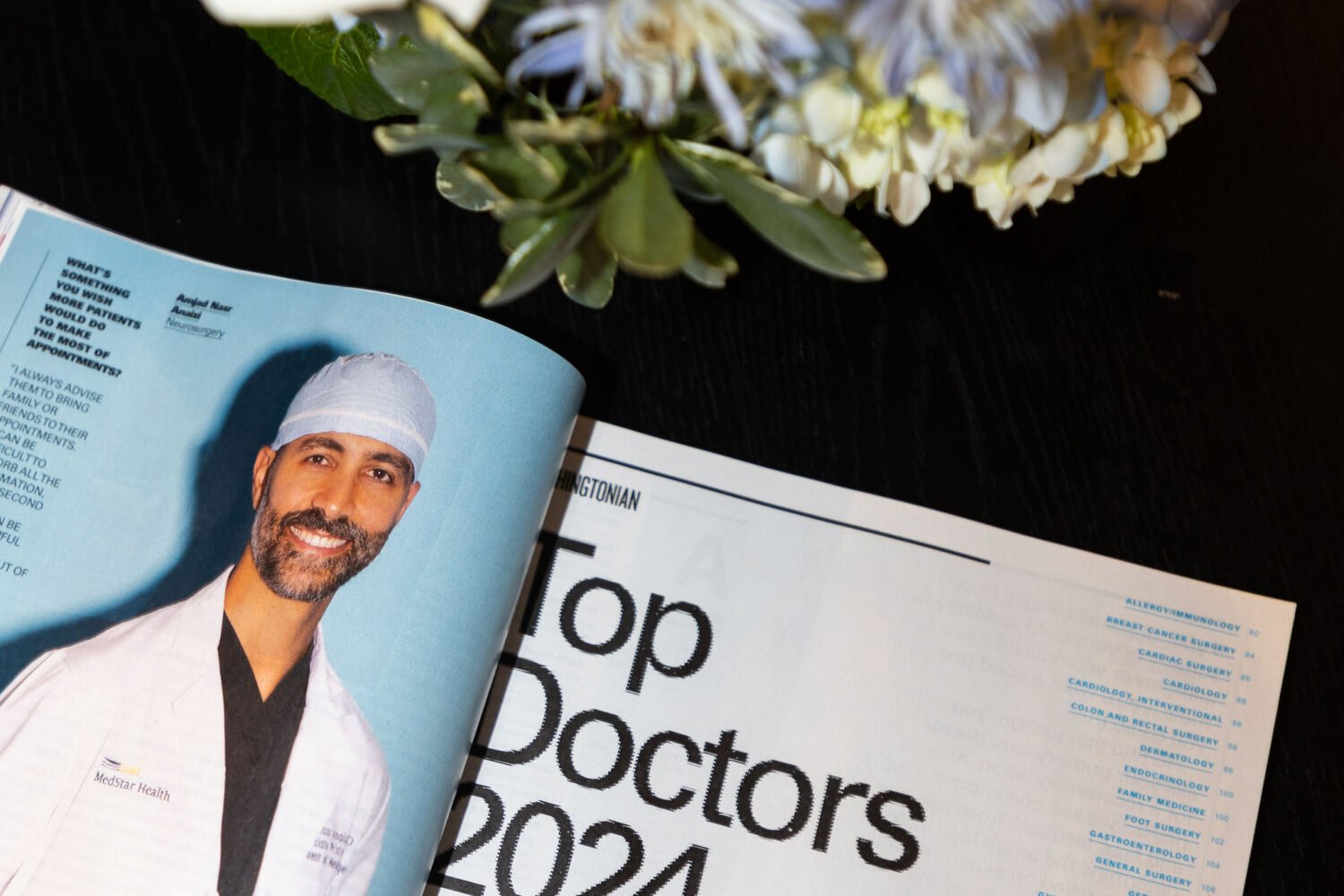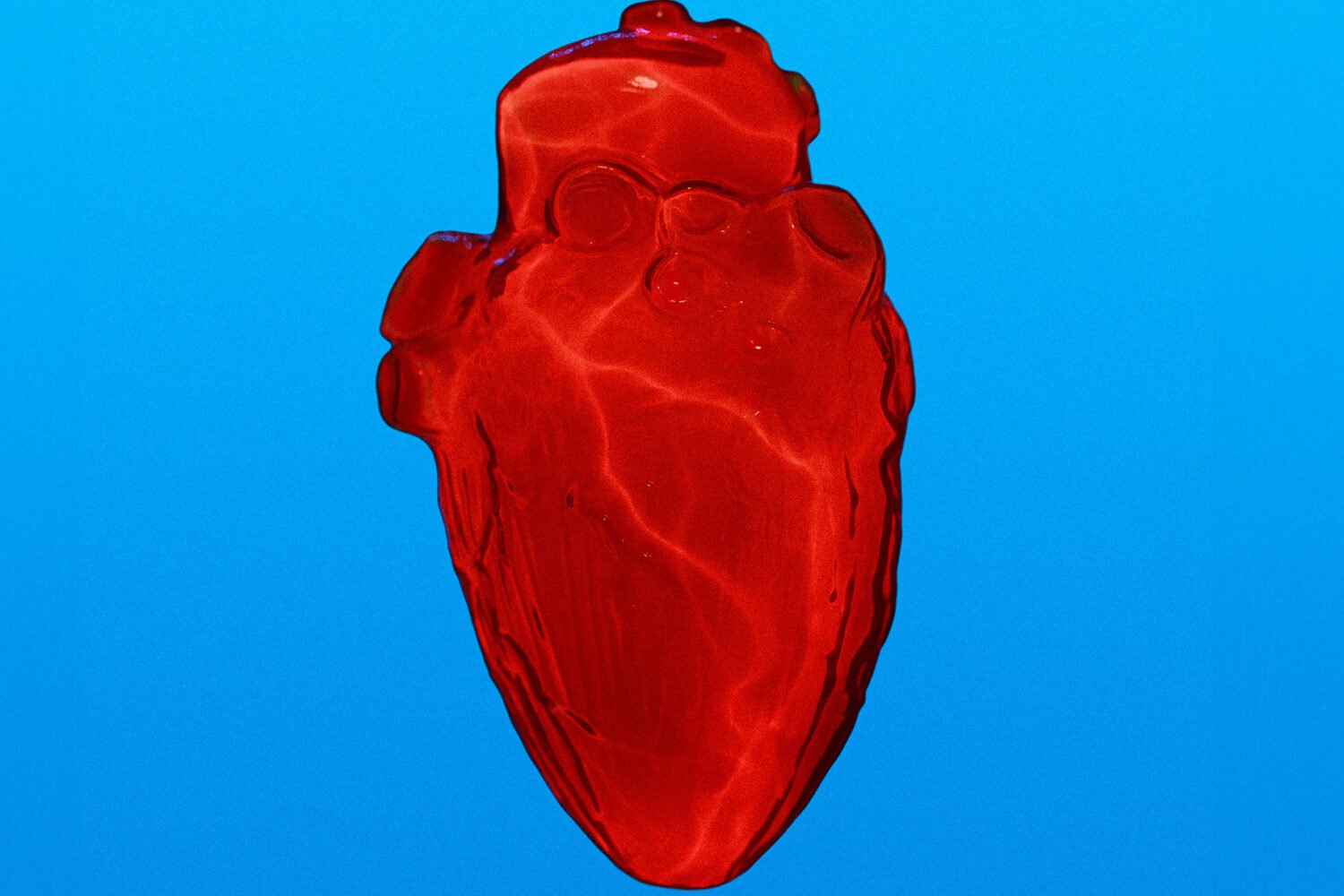American University unknowingly gave out counterfeit KN95 masks to students during the first week of in-person classes, and a group of student journalists made sure the school corrected its mistake.
The university implemented a new masking policy last month that required KN95, N95, or KF94 masks while indoors, saying these masks “provide the highest level of protection.” The school set up distribution centers around campus where people with a university ID could pick up one of them. But the masks they gave out did not meet the standards that the university promised to the student body.
Soon the Eagle, American University’s student newspaper, began to hear from students and university staff who contacted them via social media with their doubts about the masks’ legitimacy. Skye Witley, the Eagle‘s administration and news editor, said the newspaper started to investigate after staffers noticed the serial number that usually adorns the side of KN95 masks was missing on the ones the university gave out. “Seeing the KN95 masks lacking that code was the starting point for our investigation,” he said. Last Friday it broke the news: The school had indeed handed out fakes. The masks “did not meet the standards that we were promised,” a university spokesperson told the paper.
After he got his initial tips, Witley began to research what qualified KN95 masks as authentic. He spoke with the experts at the CDC, the Food and Drug Administration, doctors, and the personal protective equipment vetting nonprofit organization ProjectN95. “So many things were not matching up,” he said. “The missing code on the masks were the biggest warning sign, but there were also spelling errors on the certificate of conformity on the packaging that we obtained from the university.”
Witley, along with Eagle Editor-in-Chief Clare Mulroy and managing editor for news Nina Heller, raised the issue to the university administration in a meeting. While the administration did not provide important information, such as the standards they were using when they researched and purchased the masks, the number of masks that were distributed, and the cost of the masks, the students say the administration was more transparent with them than they expected.
The Monday after the story was published, the university replaced the counterfeit batch with new masks. But so far the university hasn’t addressed the mask mishap with the entire student body. “We haven’t really heard anything since we published the story, and we never got a response to some of our follow up questions about more specifics on the standards that the university was using to purchase these masks,” Witley said. “The university hasn’t even acknowledged this issue to the entire student body. In my opinion, I think they’re kind of just trying to sweep it under the rug.”
AU spokesperson Matthew Bennett says the administration informed anyone who picked up a mask at the end of last week to grab a new one and posted an announcement about the new masks on social media. “We took immediate action to inspect the masks, confirm with the vendor that the masks did not meet the standards we were promised, and to source new masks that do,” Bennett added. “While the initial masks may not meet some of those standards, they do provide protection because of their snug fit around the nose and mouth, and they are superior to cloth masks.”
Regardless of what the new masks may look like at face value, the Eagle plans to check on the authenticity and quality of the new batch of masks. “At first glance, it looks legit and it has the GB2626 code on it,” Witley said. “We’re currently working to verify whether those masks are real are not.”
Correction: A previous version of this article incorrectly stated that Nina Heller is the managing editor of the Eagle. It has been updated to reflect that she is the managing editor for news.


